Cook sharp: Handmade 2015's ‘Tuju’ chef-gardener toolkit, by Ivan Ralston, Brunno Jahara and Rubens Simões/Riva
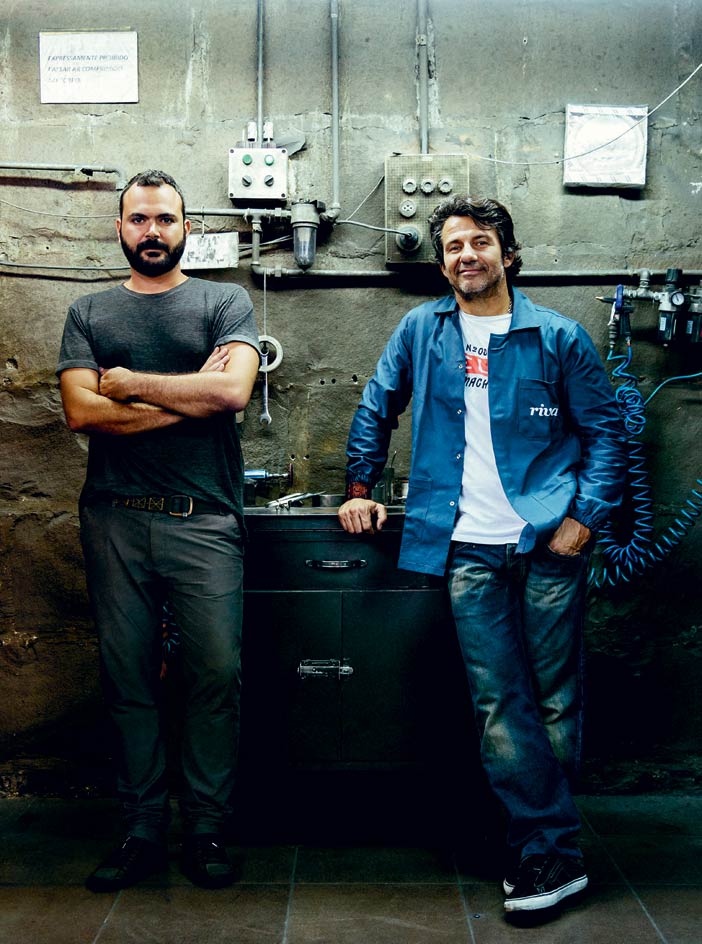
The study of classic culinary techniques may still secure you a place in some of the world’s best kitchens; but it’s knowing your perennials from your biennials that will reserve you a place in the new elite band of chef-entrepreneurs who all grow, as well as gratin, their produce.
São Paulo’s Ivan Ralston is one such chef. Last year, at the age of 29, he opened his first restaurant, Tuju, in the city’s Vila Madalena area. Having cut his culinary teeth at Maní in São Paulo before stints at Spain’s El Celler de Can Roca and Mugaritz, and Tokyo’s Ryugin, he wanted to focus on Brazilian produce – which for him meant both growing it and cooking it. He worked with architects Vapor 324 and Garupa to design not only the interior features of his dining room, but to develop vegetable gardens and greenhouses behind the kitchens, so that his sample menu might be entirely fed from on-site produce.
With this steady increase of talented cooks supplementing their kitchen skills with horticultural husbandry, we thought the time had come to expand their traditional arsenal of tools. Inspired by Ralston’s dedication to the combined arts, we introduced him to local designer Brunno Jahara, with the brief to devise a range of apparatus that fits the needs of the modern day chef-gardener. Jahara, who was educated at the University of Brasilia and the Istituto Universitario di Architettura di Venezia (which led to a role in Fabrica’s design department), now operates from his own studio in São Paulo. His work mixes organic shapes and tropical inspirations with sustainable materials. Enjoying the shared experience of having worked internationally while cherishing the produce of their home soil, the pair hit it off.
After a meeting over a tasting menu at Tuju, and a tour of the kitchen and gardens, ideas began to form. ‘It’s a complete set-up for cultivating, harvesting and preparing food,’ says Jahara. ‘This kind of project makes us think about our relationship with what we eat and how we serve food; seeing Ivan’s amazing greenhouse and understanding that daily ritual became my inspiration.’
Together they dreamt up the content of the kit, which would have everything from knives to a trug, and Jahara started to work on the designs. ‘I started thinking of forms that were very natural and ergonomic – not too technical, as kitchen tools often are,’ says Jahara. ‘I imagined very organic, fluid shapes that appear to bend in a natural way, almost as plants do as they grow.’
We found the perfect manufacturing partner in Riva, the renowned Brazilian maker of table and kitchenware, based in Rio Grande do Sul. Founded by Rubens Simões in 1988, the brand has attracted top local creatives, from Arthur Casas to Zanini de Zanine, to create lines in steel and silver.
‘Riva’s technology is precise and it has a good reputation for hand-polished steel,’ says Jahara, who spent a few days working with the skilled team of craftsmen to refine the mechanics of the pieces. The final roll call of products includes tweezers, scissors, knives, forks, spoons, plates, a marble cutting board, a steel trug, and of course, a planter in which to propagate ingredients. And to stamp the unique collection with a sense of the precious, the steel was given a gold finish.
As originally featured in the August 2015 edition of Wallpaper* (W*197)
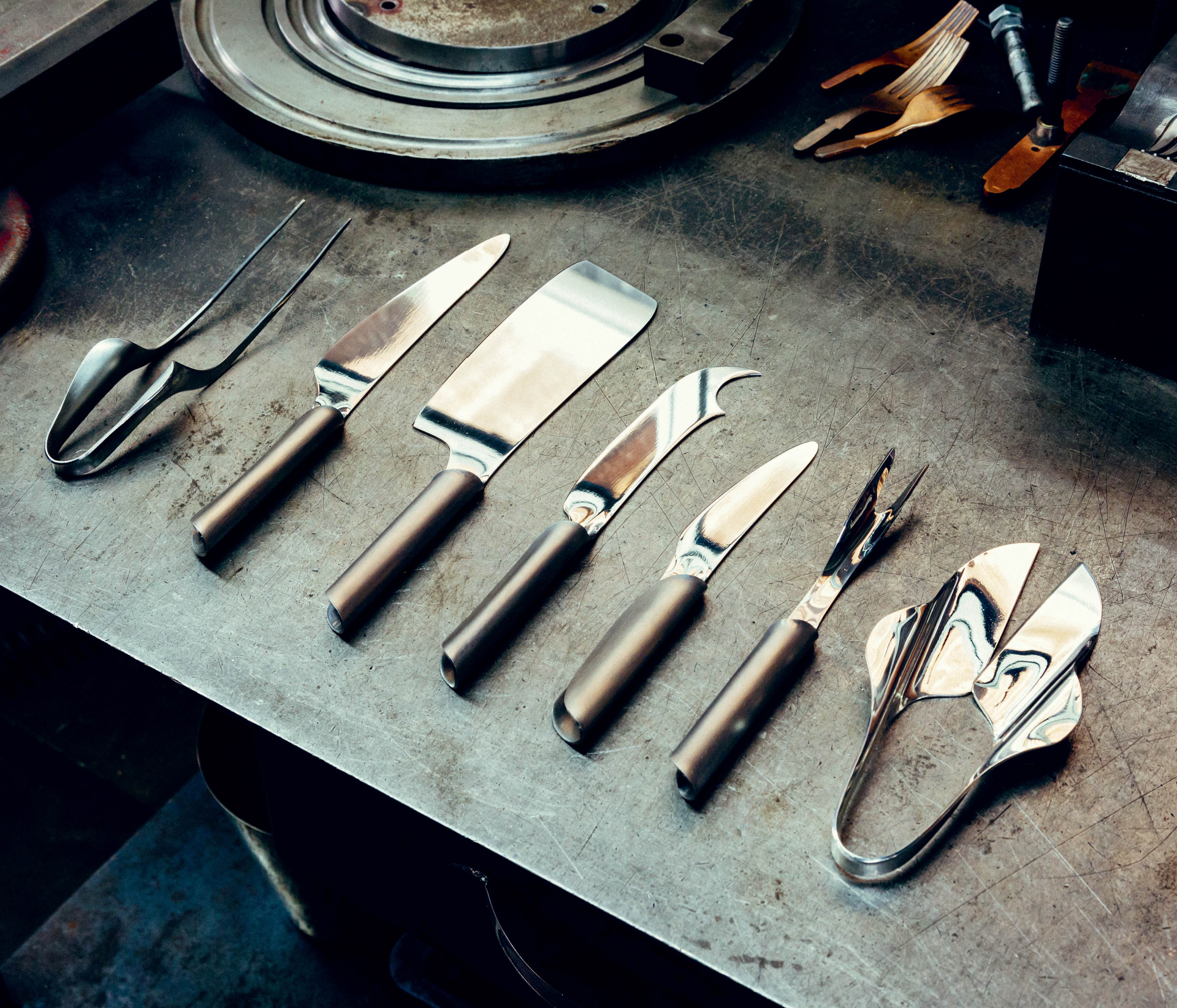
‘This kind of project makes us think about our relationship with what we eat and how we serve food,' says Jahara

‘I started thinking of forms that were very natural and ergonomic – not too technical, as kitchen tools often are,’ says Jahara. ‘I imagined very organic, fluid shapes that appear to bend in a natural way, almost as plants do as they grow’
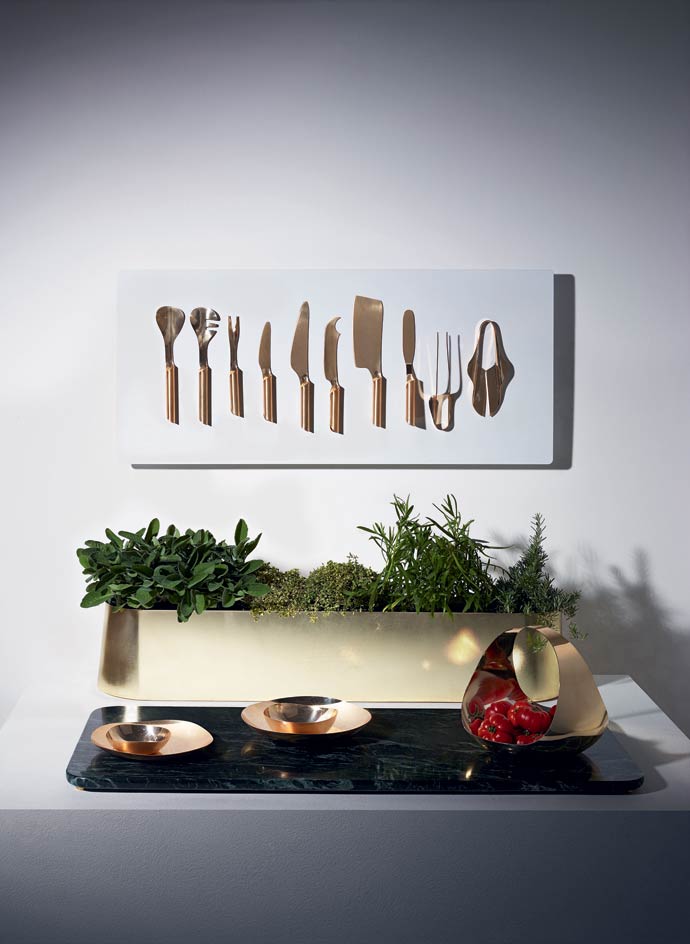
Final products include tweezers, scissors, knives, forks, spoons, plates, a marble cutting board, a steel trug, and a planter in which to propagate ingredients
Wallpaper* Newsletter
Receive our daily digest of inspiration, escapism and design stories from around the world direct to your inbox.
-
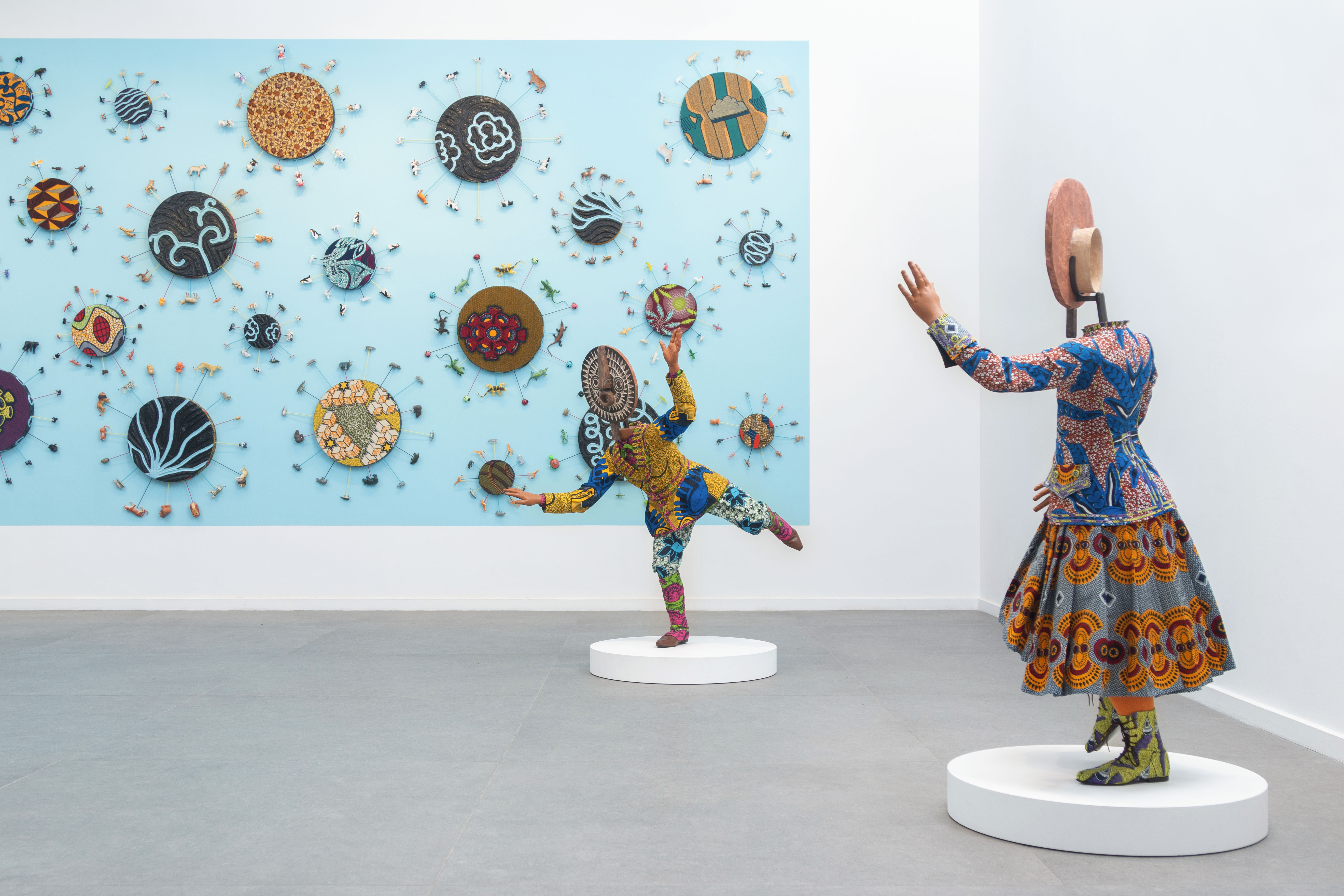 Inside Yinka Shonibare's first major show in Africa
Inside Yinka Shonibare's first major show in AfricaBritish-Nigerian artist Yinka Shonibare is showing 15 years of work, from quilts to sculptures, at Fondation H in Madagascar
-
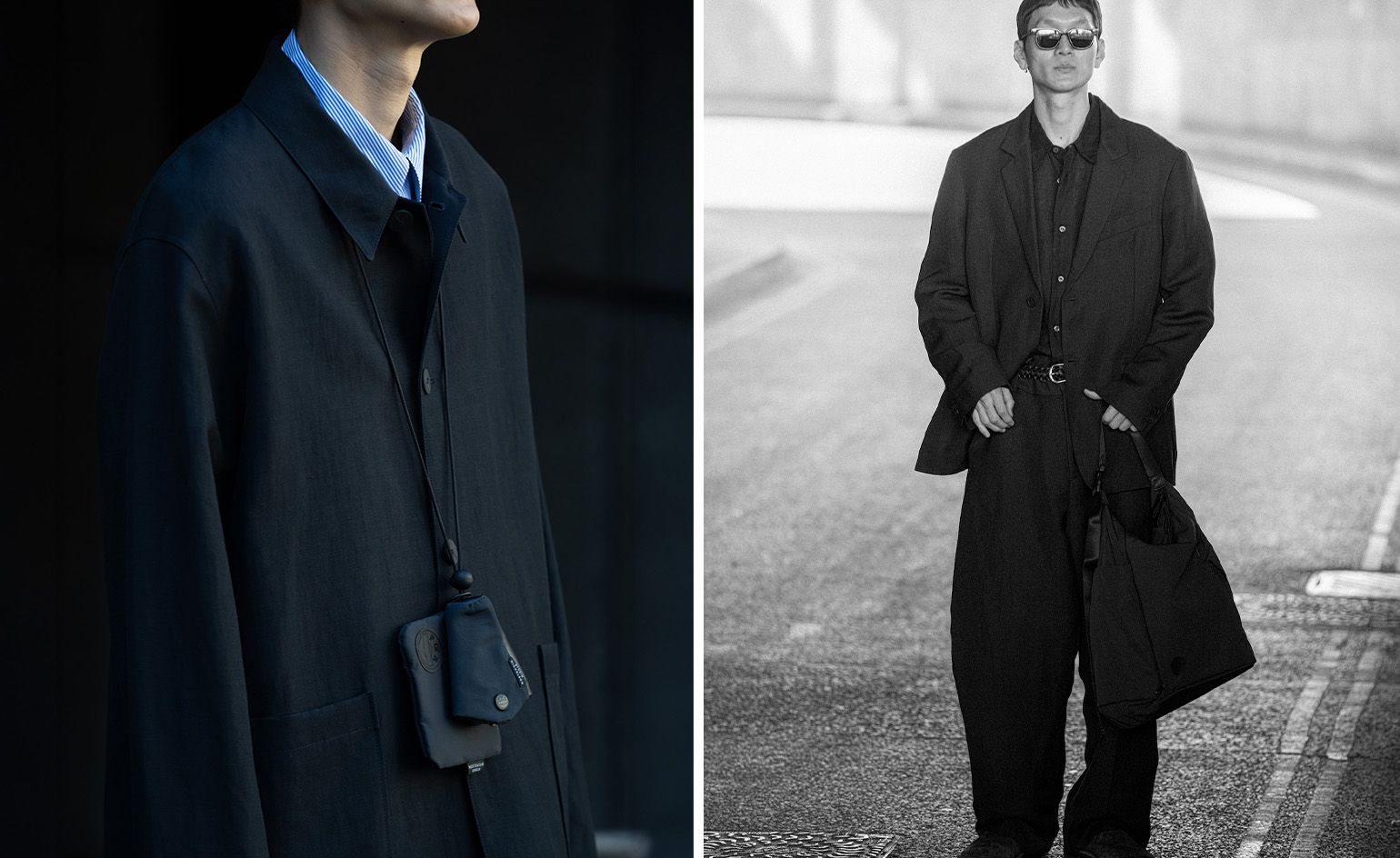 Studio Nicholson deepens its Japanese connection with a Yoshida & Co accessories collection
Studio Nicholson deepens its Japanese connection with a Yoshida & Co accessories collectionUsing hardwearing Japanese nylon, London-based label Studio Nicholson has united with Yoshida & Co’s POTR line to craft a trio of accessories in founder Nick Wakeman’s favoured hue of ‘darkest navy’
-
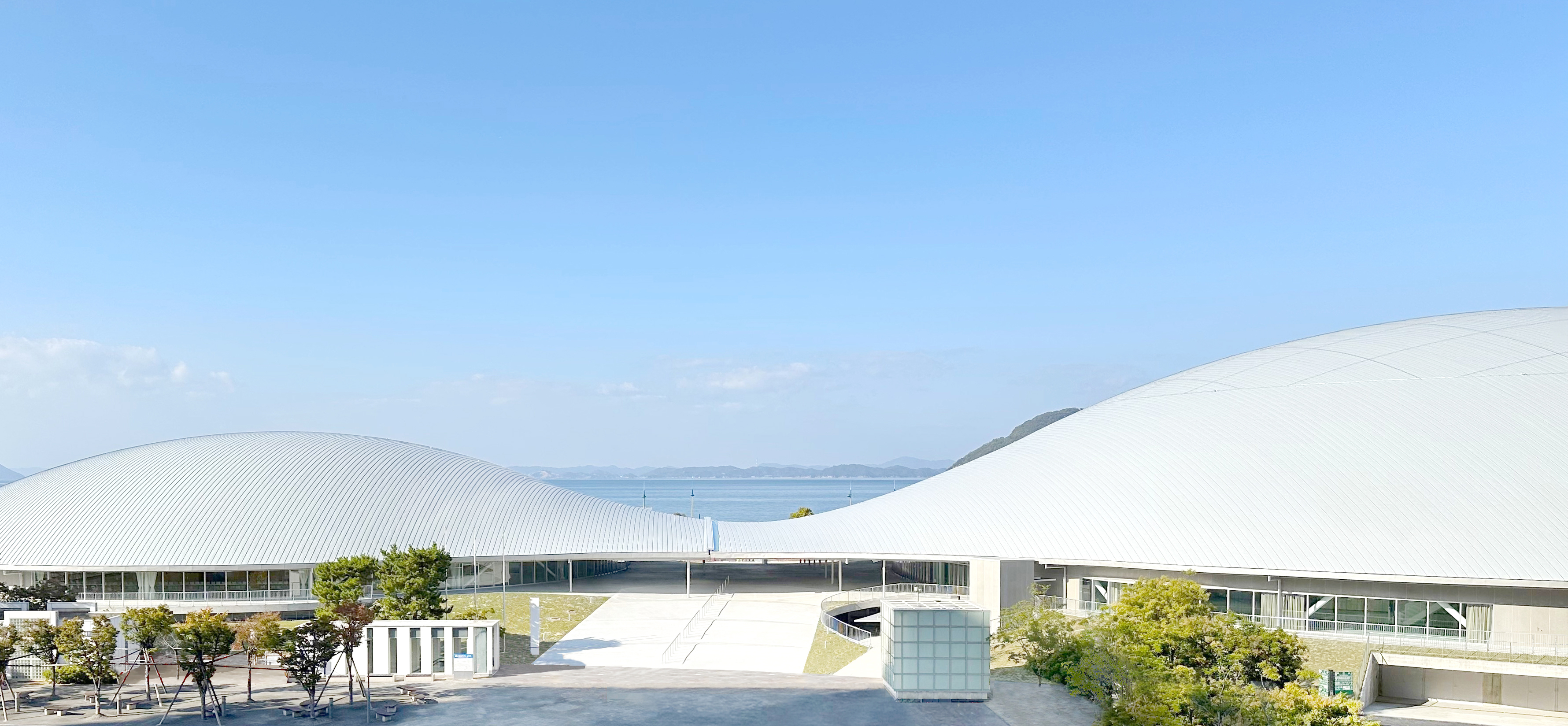 Kazuyo Sejima and Ryue Nishizawa on harmony, nature and their RIBA gong
Kazuyo Sejima and Ryue Nishizawa on harmony, nature and their RIBA gongThe SANAA duo are celebrating their RIBA Royal Gold Medal 2025 in London today, and talked to us about self-reflection, the year ahead, and the need to create harmony in our environment
-
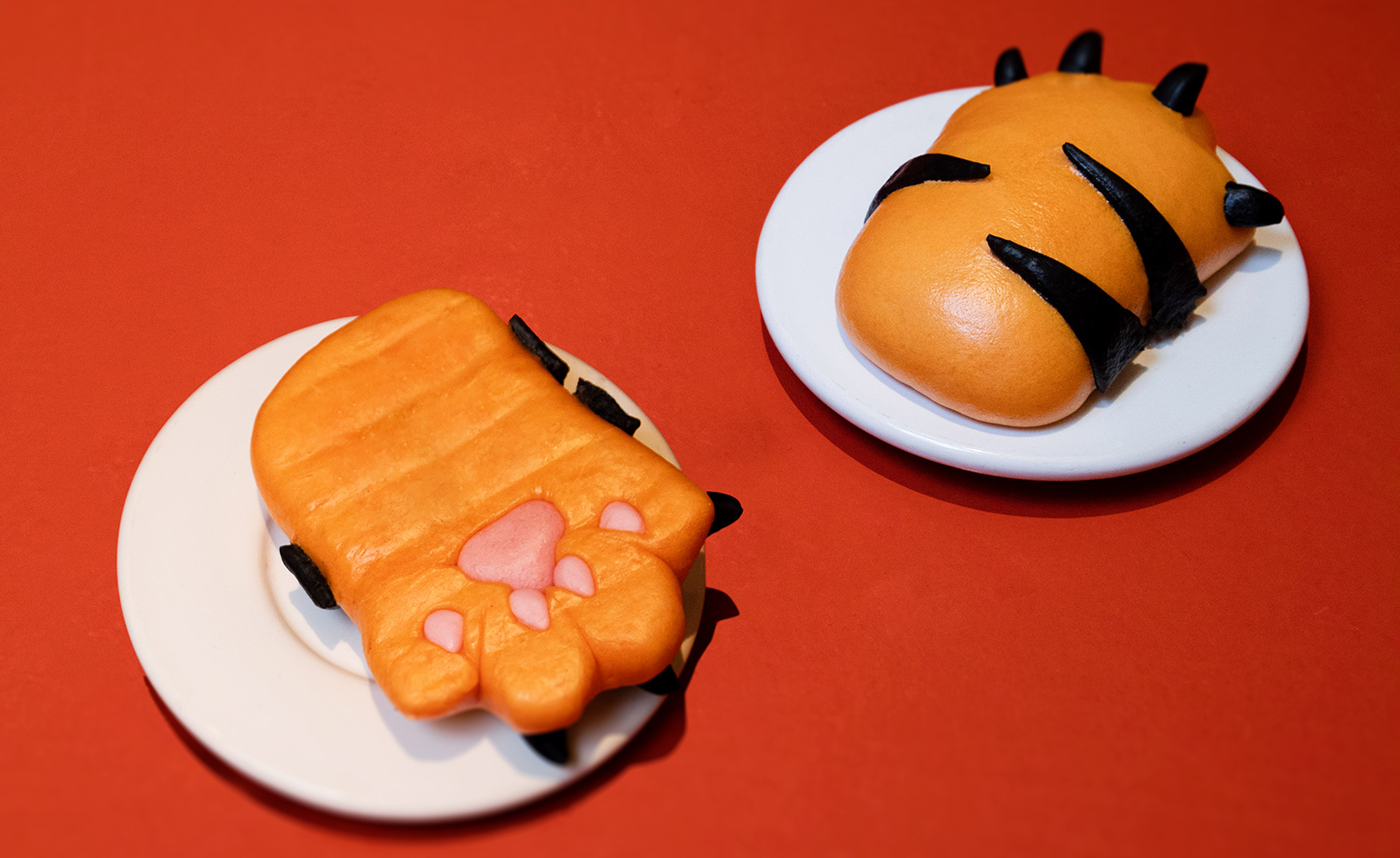 Celebrate Lunar New Year with tiger claw buns and coin-shaped dumplings
Celebrate Lunar New Year with tiger claw buns and coin-shaped dumplingsLondon restaurant Bao is celebrating Lunar New Year with festive treats, plus seasonal gifts from its online store, and the chance to win a year’s supply of bao buns
-
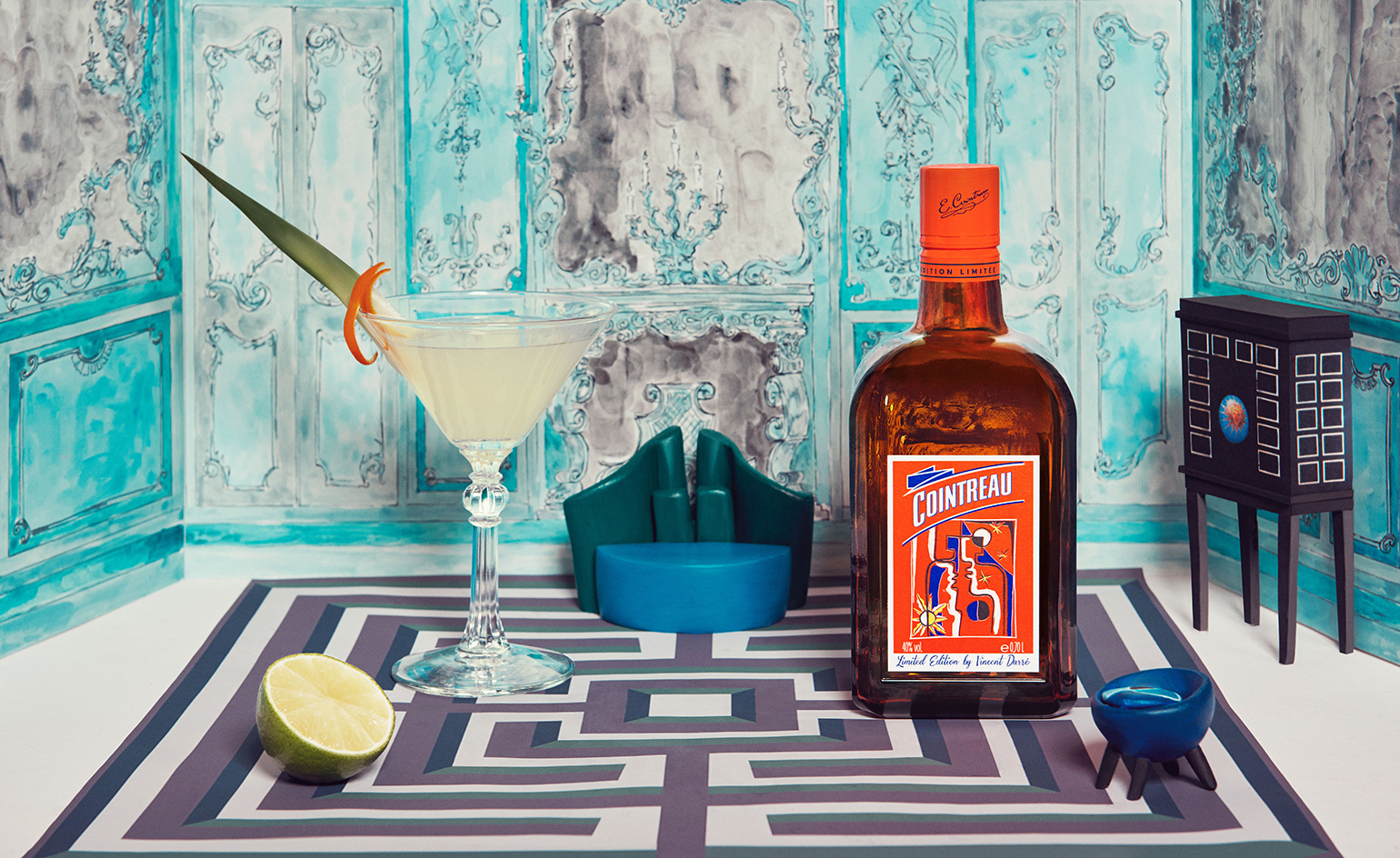 Vincent Darré reimagines the Cointreau bottle
Vincent Darré reimagines the Cointreau bottleCointreau celebrates 170 years of the Art of The Mix with a limited edition bottle designed by Vincent Darré
-
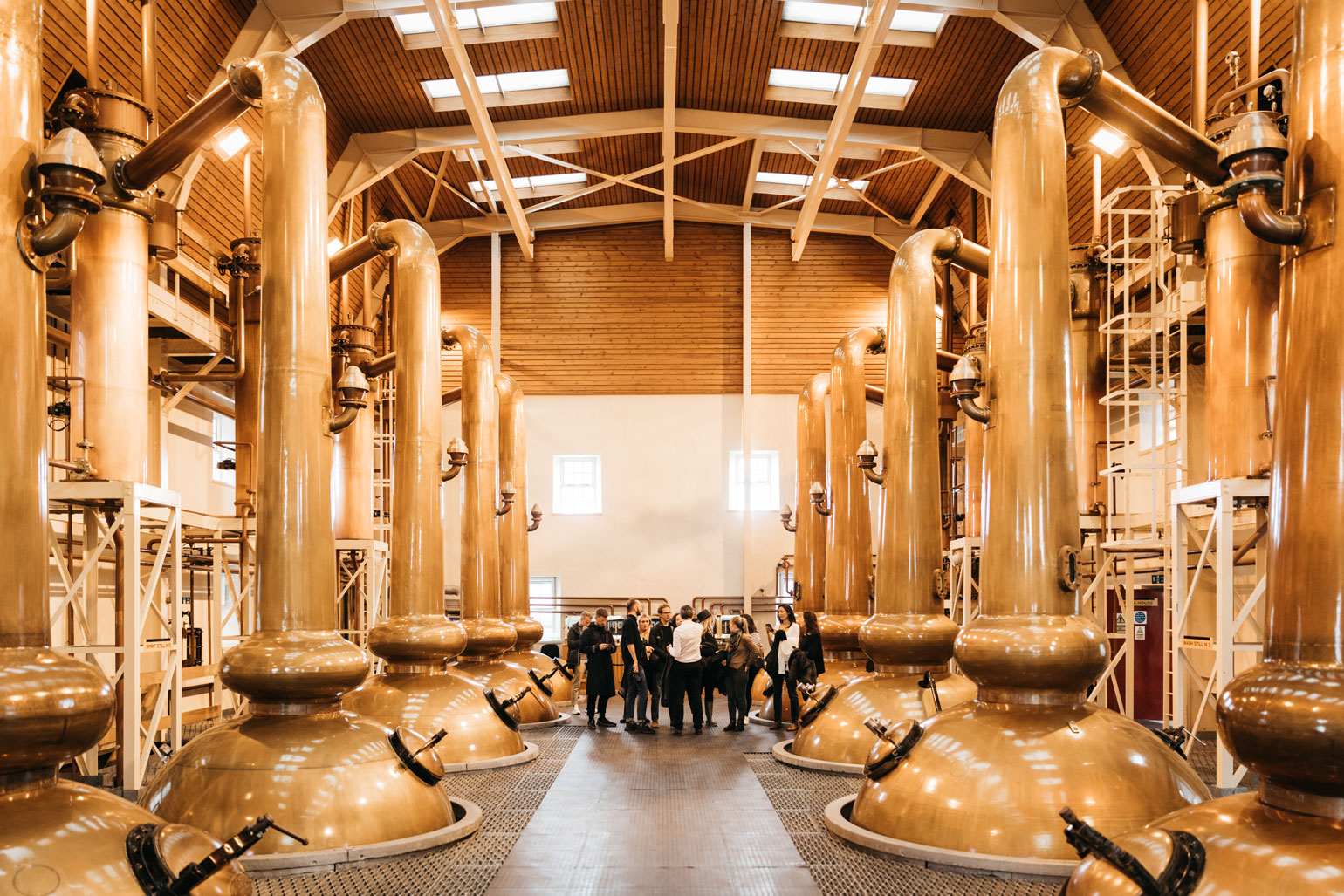 Cask master: Glenmorangie House to host exclusive whisky weekends
Cask master: Glenmorangie House to host exclusive whisky weekendsClos19's experiences division presents its very own highland fling in the dramatic reaches of Scotland
-
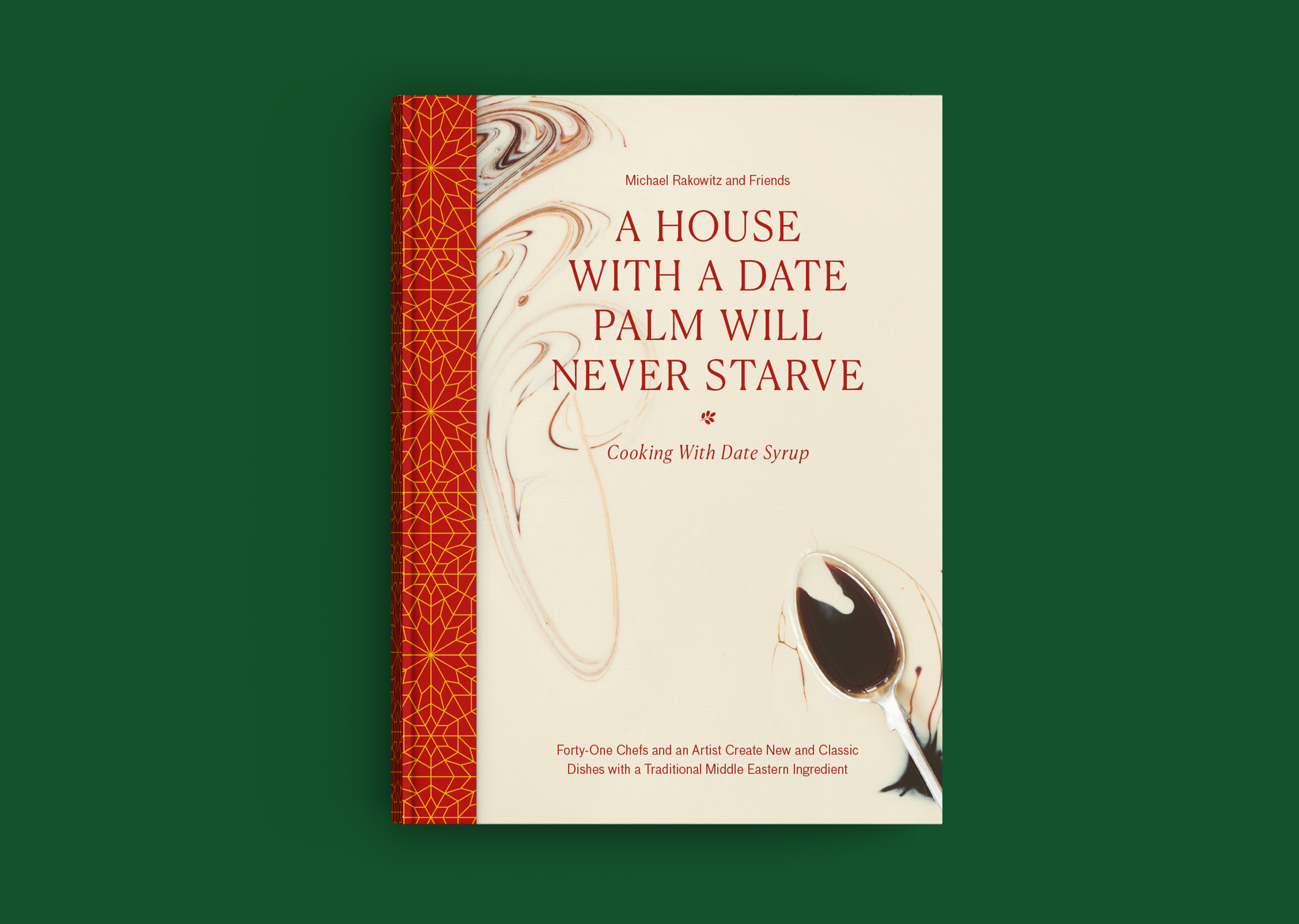 Artist Michael Rakowitz celebrates the humble date in sweet and sticky cookbook
Artist Michael Rakowitz celebrates the humble date in sweet and sticky cookbook -
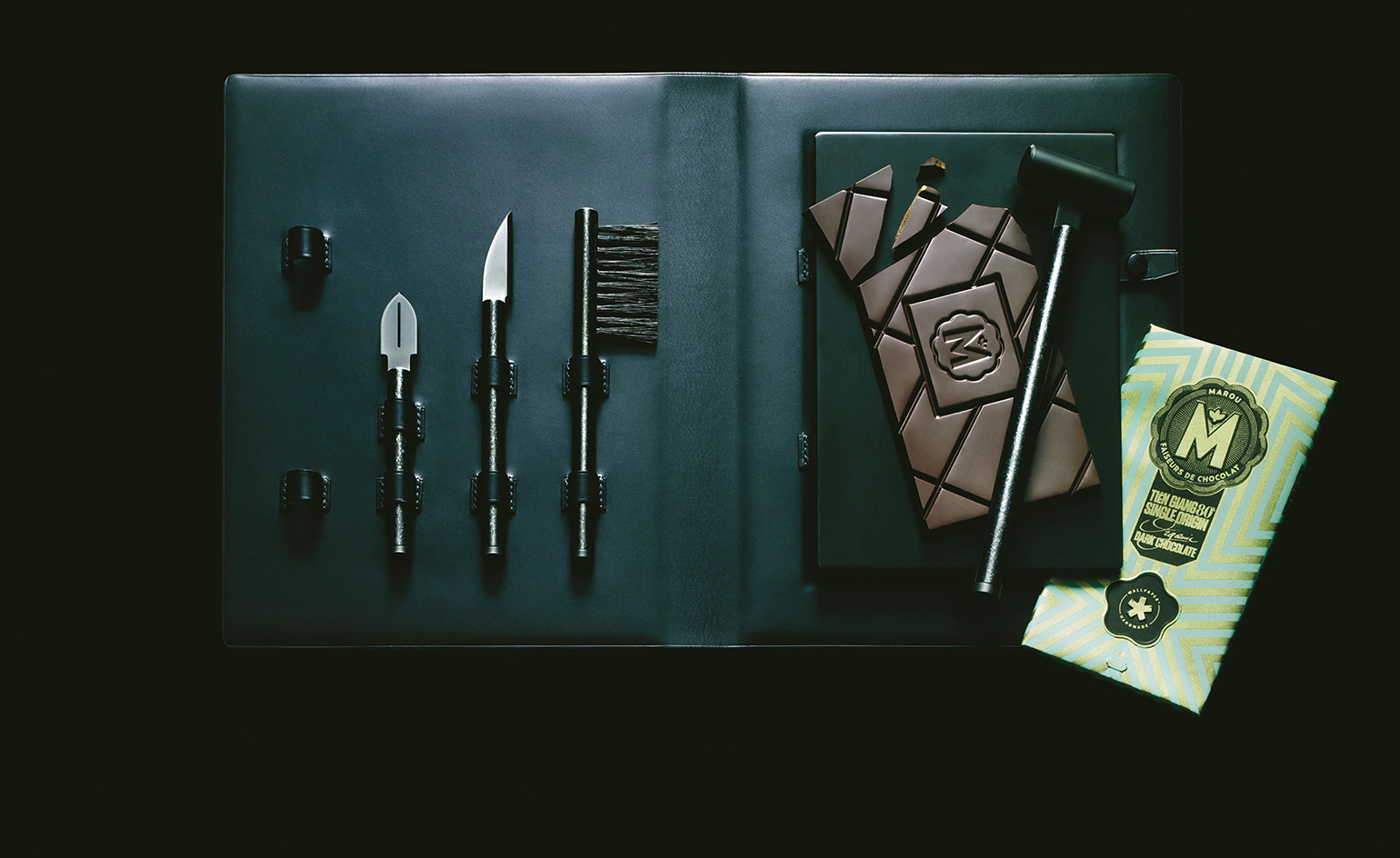 We’re at the sharp end of sophisticated postprandial entertaining with our tool kit
We’re at the sharp end of sophisticated postprandial entertaining with our tool kit -
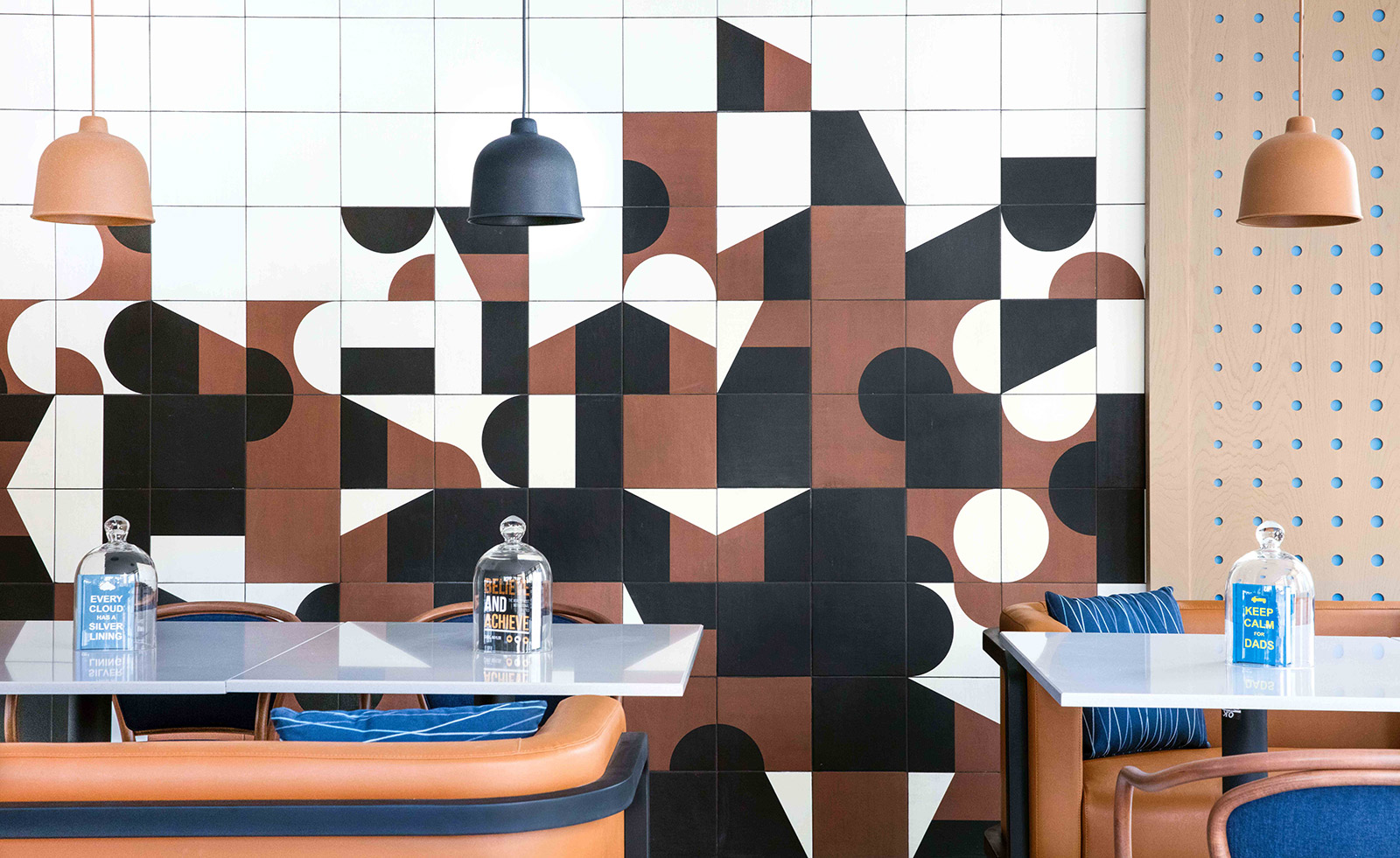 Sharjah’s new lagoon-side bookstore weaves literary references into its interior design
Sharjah’s new lagoon-side bookstore weaves literary references into its interior design -
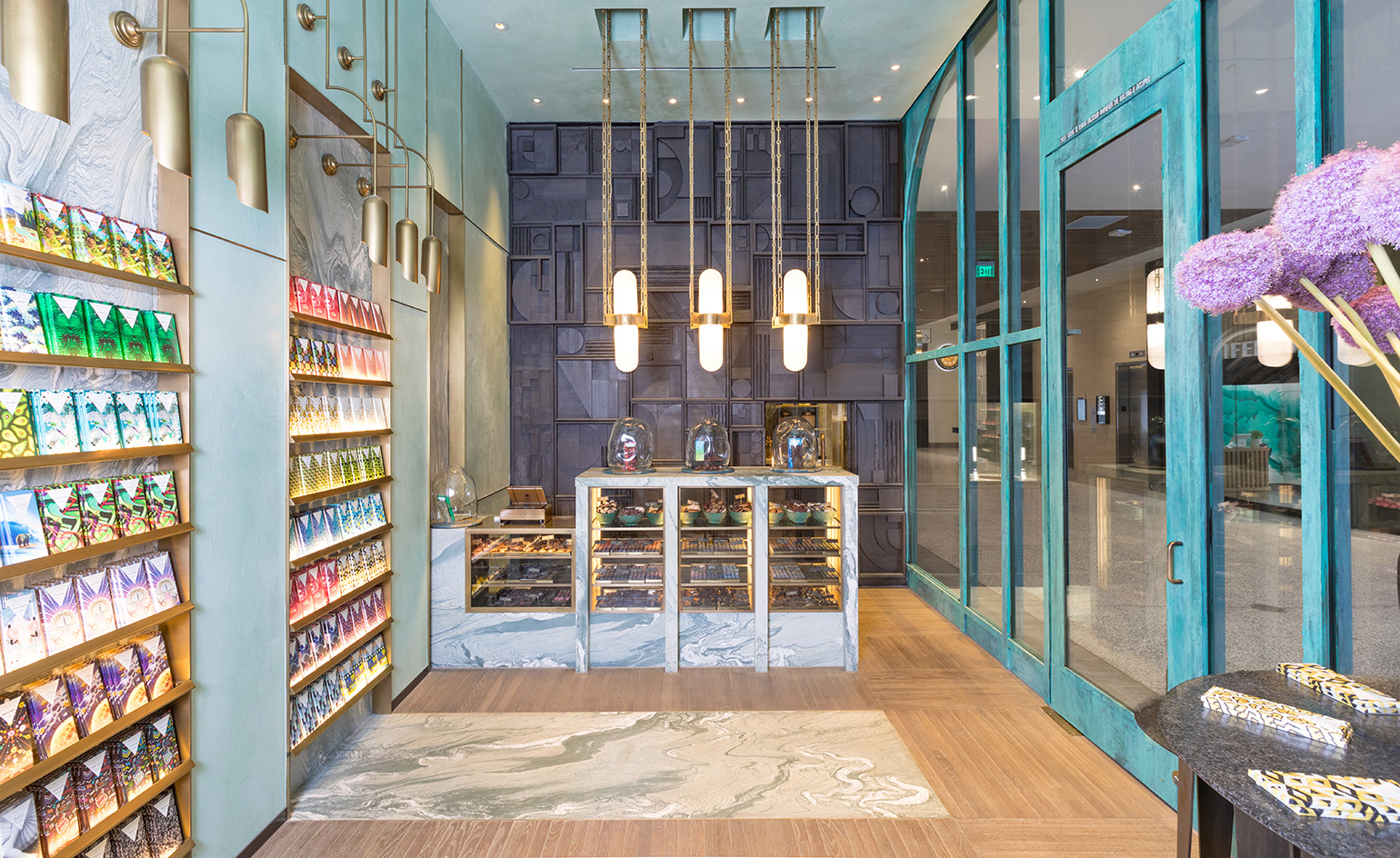 Wonka meets Gatsby at Compartes’ new Los Angeles outpost
Wonka meets Gatsby at Compartes’ new Los Angeles outpost -
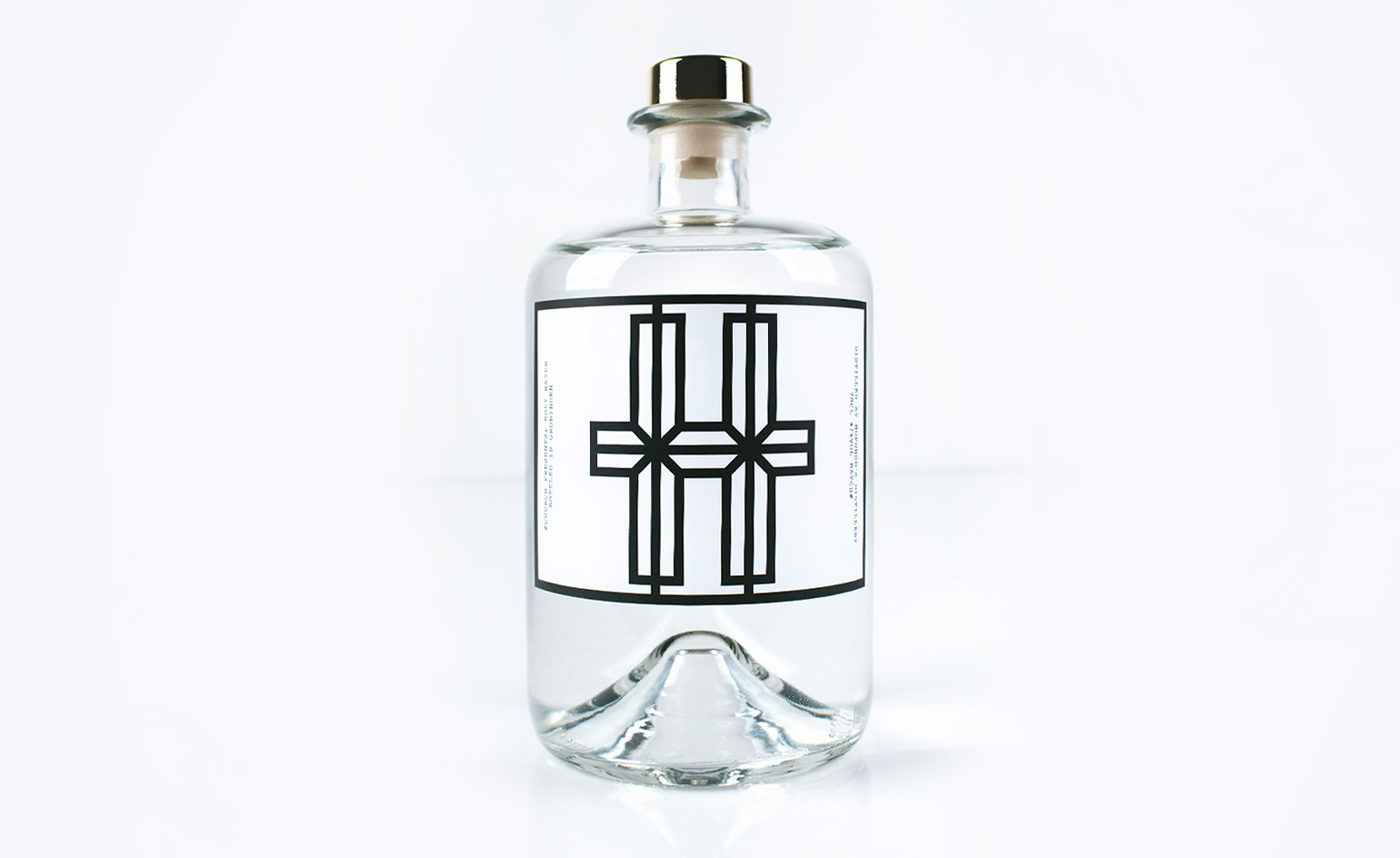 Holy order: a Dutch collective brings a spiritual slant to gin
Holy order: a Dutch collective brings a spiritual slant to gin